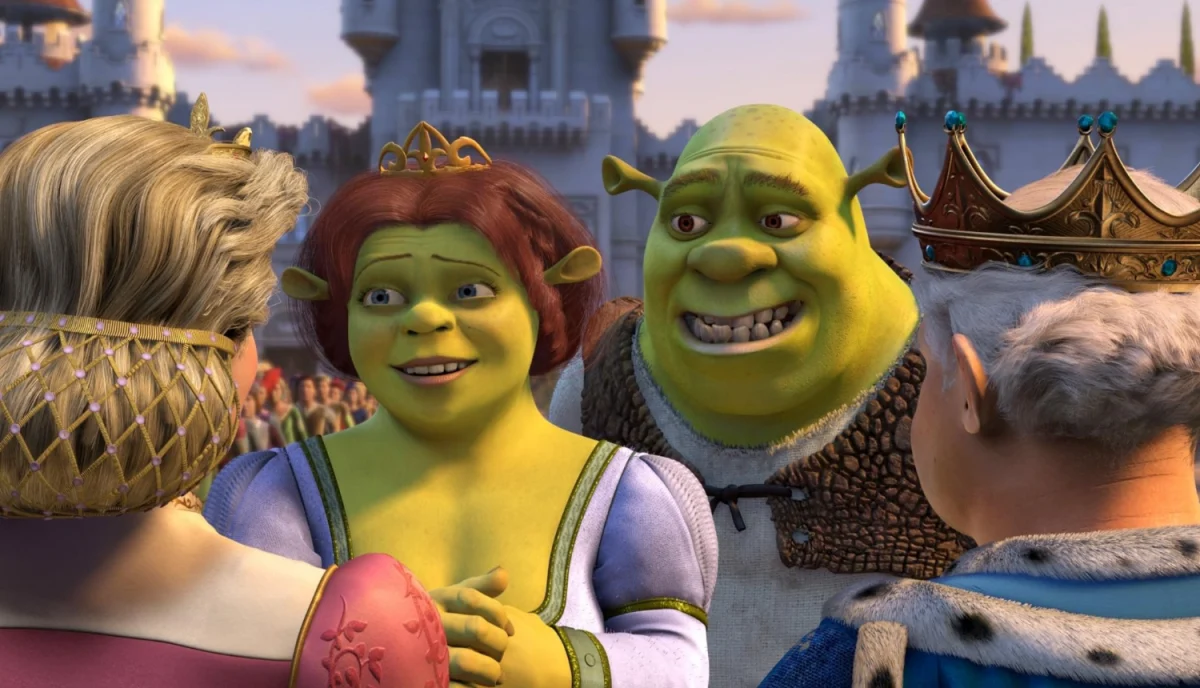 Adrian Northrup
Adrian NorthrupLast week, CNN aired a graphic video that showed members of the Islamic Army of Iraq sniping at U.S. soldiers. The video, which CNN reporter Michael Ware obtained through correspondence with the Islamic Army of Iraq’s leader Ibrahim Al-Shimary, showed Iraqi snipers shooting and killing U.S. soldiers. The original tape showed the soldiers being shot, but CNN chose to cut the tape off before the bullets made impact.
Some viewers voiced their displeasure with the airing of the video, while others praised the network’s decision. As disturbing as the video itself was, perhaps, is what its airing tells us about the current state of TV news. The airing of this gruesome but altered video illustrates how meaningful journalism is taking a back seat to the quest for higher ratings in the world of TV news.
On Anderson Cooper’s 360§ Blog on CNN.com, Cooper attempted to explain why the video was shown. After going over the many reasons why not to show the video, he dismissively said that the video met their “criteria for newsworthiness.” There is not any follow-up to this statement that would explain what their criteria for “newsworthiness” is, apparently assuming the reader already knows.
Certainly, the video displays conflict and timeliness, two of the basic criteria for newsworthiness. But the most important aspect of journalism is missing from the airing of the sniper video, that being informative content. What did anyone learn from watching this video on CNN? That there are people in Iraq trying to kill American soldiers? Or perhaps the fact that Iraq is indeed not a secure nation?
Clearly, these are not new facts to anyone in this country, unless they are actively ignorant to the situation in the Middle East. The only remotely informative aspects of the showing of the sniper video were the insights of retired Gunnery Sgt. Jack Coughlin, who described the methods in which the U.S. military counters enemy snipers. That story could have easily been told without the airing of the sniper video.
Cooper goes on to explain in his blog the other troublesome aspect of the airing of the sniper video – the dipping into black just as the sniper’s bullet was fired. He says they decided to edit the video in such a manner because it was “simply too horrific.” While there is little doubt no one wants to see a human being so shockingly cut down, was it not the intention of showing the sniper video in the first place to be horrific? The network intended to shock people into watching their report, but not shocking them with the reality of the situation in Iraq. In editing the killings, CNN successfully sanitizes and neuters the video.
Everyone has seen people die before, although most of that has come from fictionalized deaths of characters on TV or in movies – seeing a video taken from an insurgent’s point of view that ends with the sound of gunfire is nothing entirely life-altering. What CNN did by editing the video was turn the war in Iraq into PG material, distancing the viewer from the brutality that the video displayed. Seeing an actual human being die before one’s eyes can permanently change the way a person thinks, and CNN chose not to give this a chance to happen with its viewers.
Then the question remains, why did they choose to air a self-censored video of U.S. soldiers being gunned down in Iraq? The answer is simple but disturbing – the risk of losing squeamish viewers outweighed that of the emotional impact of seeing U.S.
soldiers dying, but the prospect of luring the curious to an otherwise mundane news report with a video that almost shows people being killed was still far too profitable.
As stated above, the lone informative portion of the report could have been done without showing the video, and because of the edit, CNN took away the one useful aspect of the video. The network hyped it, essentially promising a televised bloodbath – instead, they showed a video that was nearly completely robbed of its potential impact. The video was essentially aired to elicit responses like the ones seen on Cooper’s blog’s “comments” section, but not quite shock the viewer enough into changing the channel. The video, as aired, was nothing more than a way of sensationalizing news that had no business being sensationalized.
The harm in all of this is how people will begin to view news featuring violent content. If a network censors any potentially troubling aspect of a news report, it is in essence cheapening the news and what it can mean to the audience. In a war that was started on questionable pretenses, showing U.S. soldiers dying in a conflict begun for undefined reasons could have gone a long way in changing the minds of those who support the war in Iraq without fully understanding what sacrifices it entails. Instead, the video merely created talking points for the left and the right, getting viewers riled up and watching to see what CNN and the other news networks will do next.






